The jam season usually begins in the second half of summer, when fruits and berries ripen, and so I want to maintain this variety of tastes and vitamins in its original form for frosty winter. In order for the jam to turn out really tasty and healthy it must be able to cook correctly. At first glance, everything is not so simple, but, knowing a number of small tricks, you can cook excellent jam that will delight the household all winter.
Content
How to cook jam for the winter: General rules
- If you decide to cook jam for the winter, then it is recommended to collect berries for such a case in dry, sunny weather and immediately before cooking. The fact is that wet fruits, except for its natural juice, absorb a large amount of moisture in the rain. The jam of such berries will turn out to be watery, and the fruits themselves will be threw and turn into a gruel.
- When collecting ingredients for sweet treats, pay special attention to the ripeness of fruit. This is necessary primarily in order for the berries to remain intact, and the jam is uniform and tasty.
- Berries of strawberries and strawberries before cooking jam must be poured with small sugar. This is necessary for the berries to let the juice and soften a little in front of the main part of the preparation. Typically, such a mixture is insisted for about 3 - 3.5 hours before cooking.
- Cherry jam is recommended only with fruits without bones. In order for the berries do not break up when removing the central element of the composition, experienced housewives recommend using a special knuckle for bones. The process, of course, is monotonous and occupies the lion's share of the preparatory process, but the taste of such jam is several times better than if you did not. The fact is that the left bones in the berries will not only spoil you with the effect of enjoying the prepared, but they can even worsen the taste of jam. During prolonged cooking, the bones are also given heat treatment and can give bitterness the taste of your jam.
- The choice of dishes for making sweet treats should be approached with the same diligence as the selection of ingredients. For the liquid to evaporate faster, opt for a wide, shallow capacity. In order to properly cook jam from berries, metal bowls are most suitable for not more than 4 kg. Small volumes of berry jam are due to the fact that in large quantities the fruits quickly lose their shape, and the consistency becomes like a jam or jam.
- All the dishes that you use to make jam, including the preparatory process, should be extremely clean. Just well -washed bowls in this case are not enough - each container is thoroughly cleaned with soda, pour boiling water and wiped leisure. Take carefully about the arising spots of rust and beginning oxidative processes on metal. Dishes with such defects for cooking jam can no longer be used.
- During the cooking of jam, a foam inevitably appears. It must be removed, in order to avoid the subsequent souring of the finished product.
- During the cooking of berry dessert, the fruits tend to wrinkle. This can be avoided if you remove a container with a frequency from the fire, once every 7 - 10 minutes.
- For many years, jam was cooked on sugar and this is the most common recipe. However, not many people know that honey is also very suitable for this dessert. In addition, it is even very useful and more effective for colds. Thanks to individual taste notes and aroma, the jam is fragrant and very useful.
What to store jam
- The traditional container for storing jam is glass jars. In winter, regiments of cellars and pantries are broken from abundance of various conservation in large banks and small jars, but in the summer the situation changes in a fundamentally. In search of a worthy reservoir for properly welded jam, you have to contact stores or look for brand new jars in the markets. In any case, they can simply not be thrown away, then the next searches will be minimized.
- With our great -grandmothers, the liberated banks were used to store cereals and bulk substances. At the time of modern technological progress, the need for this disappeared and empty jars of jam often gather dust on the shelves of pantries. In order to avoid pollution and additional washing - just close the washed banks with nylon lids. This will protect dust and fluff in and reduce the risk of chips and fighting during the next cleansing.
- As practice shows, it is good when there are banks of various liters in stock, from small, to medium and large ones. The fact is that the process of making jam itself is unpredictable in the output volume of the finished product. In fact, from the same amount of fruits in different cases, a completely unexpected amount of dessert can be obtained. Of course, the point is in the varieties of berries, their juiciness, ripeness and watery.
- For residues, small glass jars with twisting covers of sauces or mayonnaise are very useful. Of course, thoroughly washed from the remains of past products and various smells with soda and boiling water.
How to close jam correctly
- The most sure way to reliably close the jam is to roll it up. With a certain dexterity and experience, as well as the presence of a good machine for these purposes, you will get an excellent result without disappointment. This method of canning is great for long -term storage, as they say, for years. However, keep in mind that tin covers have the ability to deteriorate and rust if they are stored in raw rooms, for example, basements or garages.
- Often there are questions about the convenience and effectiveness of vacuum covers during conservation. From practice, we can say that this method should be approached with caution. Either the quality of the lids affects the result, or vacuum devices, but such white pancakes often often hold as well as we would like. Most likely, this is a question for poor -quality rubber lining, but who really knows.
- Choose carvings and appropriate covers for them for winter jam. It is such a dessert that is always cooked with a large amount of sugar - exactly 1: 1 to the fruit volume.
How to cook jam: how to determine the readiness of jam
- No matter what jam you cook: apricot, cherry, strawberry or currants, its readiness can be determined in a completely elementary way in the same way. To do this, always have ordinary promotional paper on hand. Having spread it on a dry surface, drip a little of your cooking mixture and observe. If a thick drop does not moisturize paper on paper, then the jam has reached the desired condition.
- Another way to determine the readiness of jam is the location of the berries on the surface of the syrup. If the fruits have stopped floating to the surface and boil evenly, completely immersed in the syrup, we can assume that the jam has coped.
- If you did not have blotting paper at hand, just rub a drop of the berry mixture between your fingertips. If the consistency is viscous and stretches, you can turn off the burners.
- Also, a drop of finished jam, if you drop it to the surface of the plate, does not spread, but retains the original shape and occupied area.
- When you cook jam from any fruits, for example, apricot, readiness can be determined when the fruits become colorless. It is good that it is easy to notice with bright berries, which you can’t say, for example, about gooseberries.
How to cook jam: we faced banks
- Never lay out hot jam on trained banks. Cool the resulting mixture in shallow dishes with a large area, for example, in a bowl is necessarily in enameled and aluminum dishes or right where it was cooked. It should cool at least 7 - 8 hours. Carefully make sure that extraneous smells do not get into the kitchen at this time, there is normal humidity and there is always a shadow. The hit of direct sunlight is extremely unfavorable on any jam.
- When you cook the jams of berries that quickly absorb sugar - raspberries, strawberries, currants and cranberries, lay it out on banks immediately, it does not need to be cooling.
- In general, it is better to store jam in glass jars, and even with prolonged storage and even more so. In addition, it is better not to use large vessels, stop at small or medium containers. For example, half -liter or liter are ideal, at worst you can take 2 liters, but no more.
- According to the average statistics of 1 kg of small berries, you can get a plus, minus 2 liters of jam. About 700 g will easily fit in the bank 0.5 liters, so calculate correctly.
- If the resulting jam in hot form, in no case, do not immediately cover with a lid. Natural condensate from a pair of jam will subsequently settle on the inner side of the lid, then under its weight it will drain into the product and wash the upper layer to the liquid. This can lead to damage to the entire contents of the can. It is recommended to wait until the banks and their contents are completely cooled, and then it is taken for blockage.
- Probably, everyone faced a situation of suchaning jam. At this moment, this is immediately noticeable on the surface, because clearly prominent prominent sugar crystals are formed. This happens if you overdo it with sugar during cooking or simply digested the contents before packaging. Or maybe you just cooked a dessert of sweet berries, and the mixture did not have enough acidity in the total volume. It’s easy to cope with this, and I am sure that the second time this will definitely not happen again. Just carefully control the dosage of sugar, and if the berry is very sweet, add a little citric acid to the volume, but do not overdo it.
- The mold in closed jars with jam is also a common thing and it appears when there was too little sugar or you sent a undercooked dessert and clogged. In the fertile soil of sugar syrup, various microorganisms begin to progress. If you notice such changes in banks with jam, immediately delete the lack, digesting and clogging the party again.
How to store jam
- In no case do not store jars with jam in the damp and impatient room. From practice, in such conditions, even with very good blockage, the upper layer begins to dine. Just a large amount of sugar absorbs moisture from the air.
- The humidity problem can be handled using tin covers, the inside of which must be lubricated with petroleum jelly.
- It is necessary to store banks with fruit delicacies only in a dark room without direct sunlight, preferably at a temperature of not higher than 0.
How to cook jam: recipes
How to cook jam from Victoria: Recipe
Such jam uniquely combines the taste of strawberries and strawberries. This berry harmoniously combines the sweet taste and unique sourness. Any dessert with Victoria's berry turns into a masterpiece.
Ingredients:
- victoria berries - 1.5 kg;
- sugar - 1.8 kg.
Cooking process:
- We try to select the same maturity for jam. To do this, pre -sort the fruits before processing.
- We remove the foliage and carefully wash each berry under running cold water.
- In a shallow aluminum bowl, we put all the berries and mix with granulated sugar.
- Mixing thoroughly, leave the berries on the table, for 2 - 3 hours to give juice. You can cover with gauze or a thin clean waffle towel so that the berries breathe, but dust does not fall into the container.
- When Victoria's berry was quite standing and let the juice set off, put the container on the stove and mix everything thoroughly. It is advisable to use a wooden or silicone blade when cooking jam from Victoria. We bring everything to a boil.
- When the water boils, a reddish film will inevitably appear on the surface. Gently remove it with a slotted spoon, turn off the fire and remove it from the stove for 20 - 25 minutes. We repeat this procedure about 3 to 4 times.
- After the last boiling, we expect until the jam has cooled a little, and begin to lay out in banks. Then, we also let the banks with the contents cool slightly, twist and remove it in the cellar for storage.
How to cook a five -minute jam: recipe
Blackcurrant jam in 5 minutes is prepared quite easily and it turns out to be viscous so that subsequently allows it to be used for pies and various kinds of pastries.
Ingredients:
- black currant berries - 1 kg;
- sugar - 1.5 kg;
- boiled water - 1 tbsp.
Cooking process:
- The berries pre -peeled from the husk, thoroughly with my and defend to dryness.
- In the container where we will cook jam, heat the water and add sugar there. We heat and stir until sugar completely turns into a syrup.
- Add berries.
- We bring the contents to a boil and cook over medium heat for about 5 - 7 minutes. Turn off.
- We periodically shake the bone, tilt in different directions and stir with a non -metallic spatula. This is necessary so that the berries remain intact, and do not break up into porridge.
- Repeat item 4 and 5 to 5 minutes about 5 times. Then cool a little and still hot, pour it according to prepared containers. We remove in a warm place.
- After the banks become at room temperature, they can be removed in a pantry or cellar for storage.
How to cook gooseberries jam: recipe
Great gooseberry jam is obtained from a few unripe berries. That is why experienced housewives use such berries to prepare an excellent dessert.
Ingredients:
- gooseberries - 1.5 kg;
- sugar-sand-3 kg;
- water - 3 glasses.
Cooking process:
- You need to collect berries carefully so as not to damage the outer skin. Try to take the berries of the same maturity.
- The most time -consuming process is the release of each berry from the tail and footboard. To do this, it is convenient to use small scissors, only you need to do everything carefully.
- Then pierce each berry exactly in the middle of a sharp needle to make a small thin hole. Sprinkle all with a small amount of vodka and remove gooseberries in the freezer for 25 minutes. Then rearrange in the refrigerator at night.
- Cook liquid syrup from sugar and water. When he boils, put all the berries there. Bring to a boil and remove from the stove. It is important in the process not to mix the contents. The maximum that can be done is to shake the container as necessary.
- When the syrup with gooseberries cool down a little, strain the contents through a colander and will repeat everything first: boil the syrup, throw berries there, bring to a boil, remove it. Repeat everything up to 5 times.
- For the fifth time, cook almost jam over low heat for about 30 minutes. Remove from heat. Cool and pour into banks. Roll. Store in the cellar in a dark place.


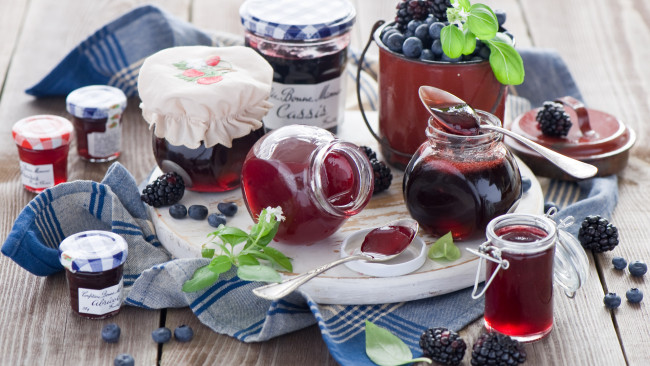

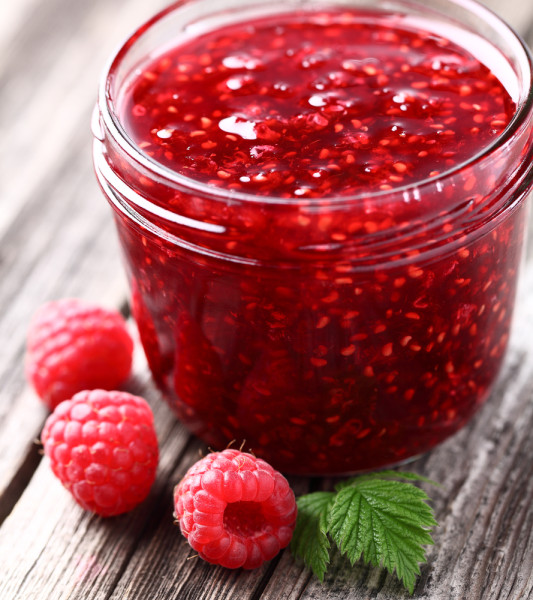
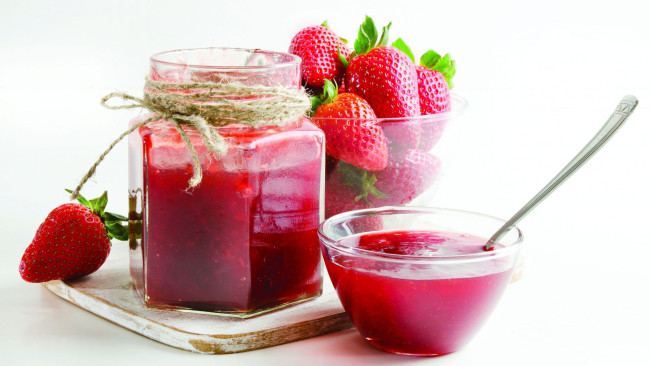
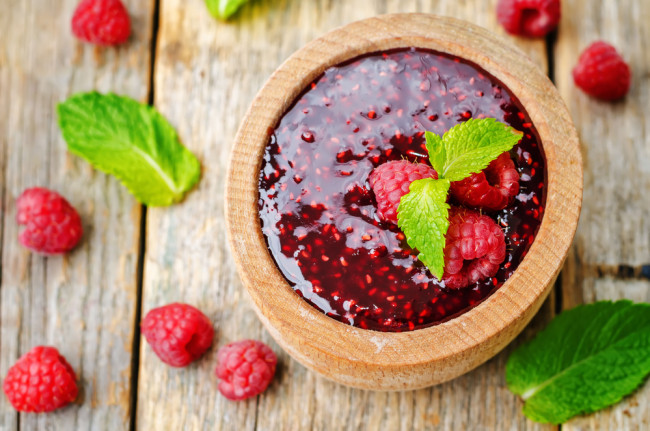
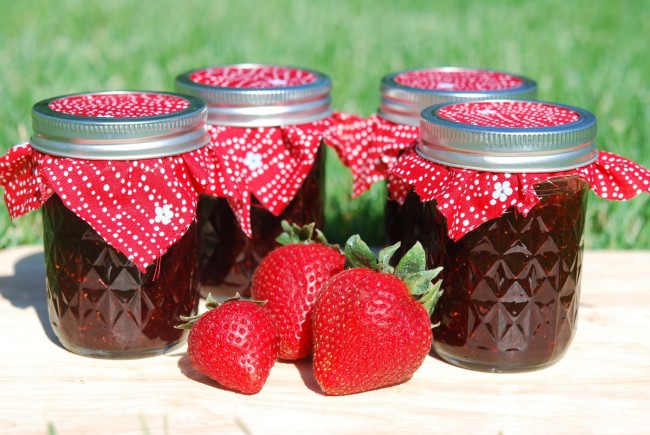
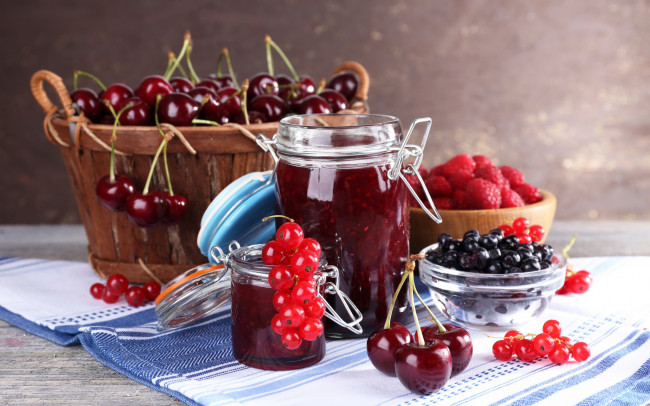
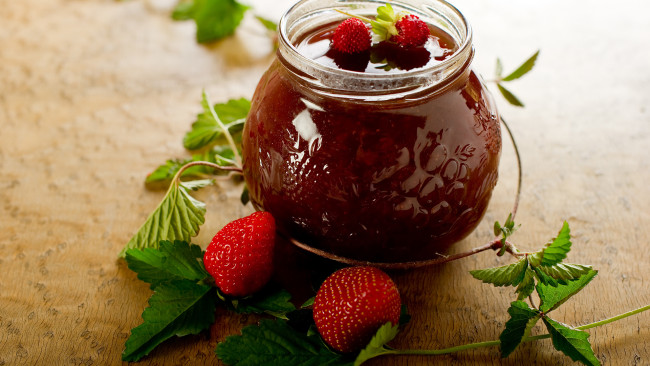









Comments
a couple of years ago, there was no side of metrogils from the same problem, there were no side effects ...
I’m not a fan of peeling at all, it saves from acne of metrogil, it also smoothes it ...
Great article! ...
I take the second course of the Capsules Climafite 911. The tides went very quickly. It became calmer, irritability went away and I sleep well ...
i also noticed - it is worth nervous, everything immediately affects the face. Therefore, I try to avoid conflicts and unpleasant people. Of the creams, I like Miaflow from wrinkles - smoothes not only small wrinkles ...